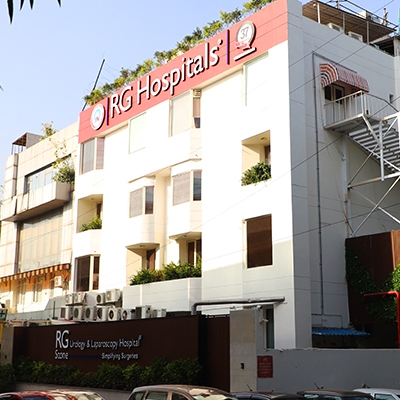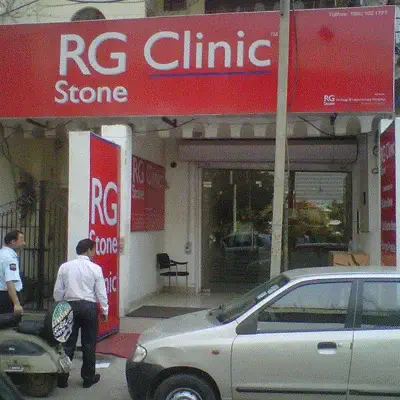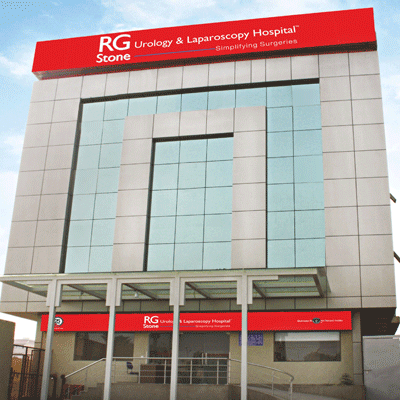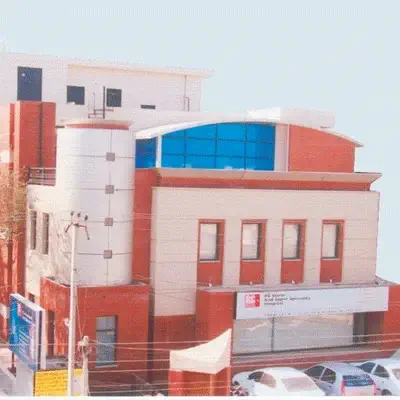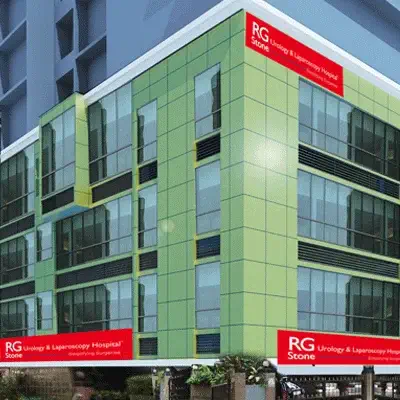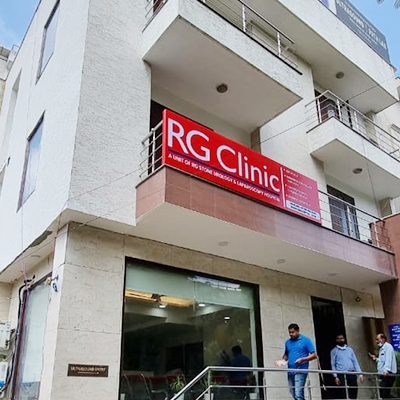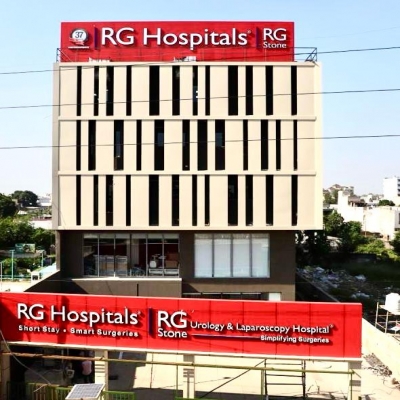Endometriosis is a condition where tissue similar to the uterine lining grows outside the uterus, often on ovaries, fallopian tubes, and surrounding pelvic organs. This can lead to painful symptoms including:
-
Chronic pelvic pain: Especially during menstruation (dysmenorrhea)
-
Painful intercourse: Discomfort during or after sex
-
Menstrual irregularities: Heavy or irregular periods
-
Infertility: Difficulty conceiving
-
Other symptoms: Fatigue, bowel and bladder issues, such as pain during urination or bowel movements, particularly during menstruation
Causes aren’t fully understood but may involve genetics, immune system disorders, or hormonal factors that promote growth of endometrial-like tissue outside the uterus.
Procedures & Interventions
Laparoscopy is the most common surgical treatment for endometriosis. A small incision is made in the abdomen, and a thin tube with a camera (laparoscope) is inserted to view and remove endometrial implants, cysts, or adhesions. This minimally invasive approach offers faster recovery and minimal scarring, making it a preferred option for both diagnosis and treatment.
In severe cases of endometriosis, where other treatments fail, a hysterectomy may be recommended. This involves the surgical removal of the uterus and sometimes the ovaries and fallopian tubes. While this is considered a last resort, it can effectively eliminate symptoms but also ends fertility, so it’s primarily recommended for women who do not plan to have children.
Unlike ablation, excision surgery involves cutting out endometrial implants and lesions entirely. This method is highly precise and often considered the gold standard for treating deep or widespread endometriosis. It reduces the chances of recurrence and helps improve fertility outcomes for those trying to conceive.
In some cases, removing the ovaries can be effective in reducing estrogen levels, which fuel endometriosis growth. This surgery is often combined with a hysterectomy and is reserved for severe cases where other treatments have been unsuccessful. However, it can induce early menopause and is generally not the first line of treatment.
Laparotomy is a more invasive surgical procedure used when endometriosis is widespread or involves deeply embedded lesions. Unlike laparoscopy, this method requires a larger abdominal incision and has a longer recovery time. It is typically reserved for complex cases where minimally invasive techniques are not feasible.

Laparoscopy is the most common surgical treatment for endometriosis. A small incision is made in the abdomen, and a thin tube with a camera (laparoscope) is inserted to view and remove endometrial implants, cysts, or adhesions. This minimally invasive approach offers faster recovery and minimal scarring, making it a preferred option for both diagnosis and treatment.

In severe cases of endometriosis, where other treatments fail, a hysterectomy may be recommended. This involves the surgical removal of the uterus and sometimes the ovaries and fallopian tubes. While this is considered a last resort, it can effectively eliminate symptoms but also ends fertility, so it’s primarily recommended for women who do not plan to have children.

Unlike ablation, excision surgery involves cutting out endometrial implants and lesions entirely. This method is highly precise and often considered the gold standard for treating deep or widespread endometriosis. It reduces the chances of recurrence and helps improve fertility outcomes for those trying to conceive.

In some cases, removing the ovaries can be effective in reducing estrogen levels, which fuel endometriosis growth. This surgery is often combined with a hysterectomy and is reserved for severe cases where other treatments have been unsuccessful. However, it can induce early menopause and is generally not the first line of treatment.

Laparotomy is a more invasive surgical procedure used when endometriosis is widespread or involves deeply embedded lesions. Unlike laparoscopy, this method requires a larger abdominal incision and has a longer recovery time. It is typically reserved for complex cases where minimally invasive techniques are not feasible.
Team of Excellence
RG Hospitals is proud to have over 4,800 esteemed doctors, many of whom are pioneers in their respective fields. They are recognized for their commitment to advancing healthcare through innovative and groundbreaking clinical procedures.
Find a DoctorLooking for an Expert
RG Hospitals is proud to be the home of some of the world's most distinguished doctors.

Patient Stories
View All
Patient Testimonial | Commitment To Care
Treated by Dr. Manoj Gupta , RG Stone Hospital, Dehradun
- All Locations
- New Delhi
- Haryana
- Punjab
- Kolkata
- Chennai
- Mumbai
- Goa
- Uttar Pradesh
- Uttarakhand


